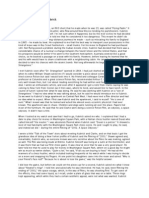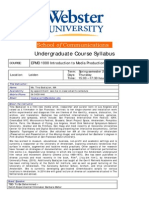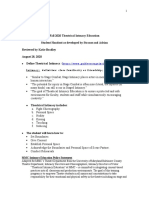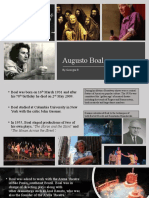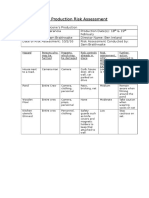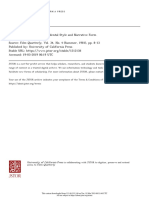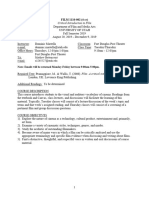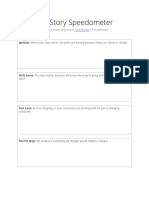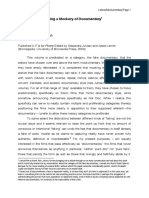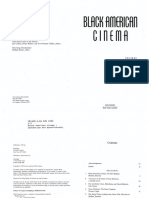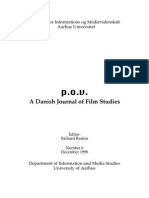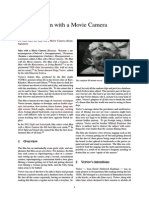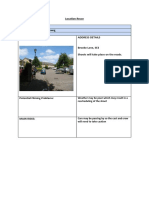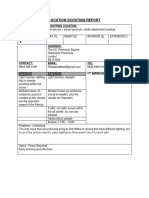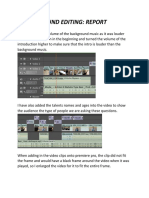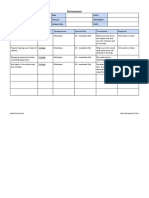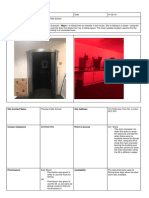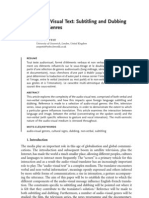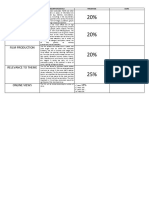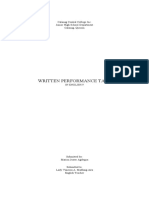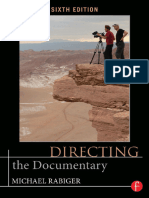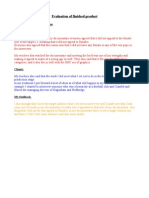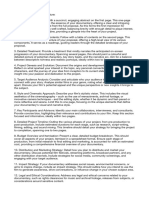0% found this document useful (0 votes)
267 views18 pagesSound Editing Laa
The document discusses sound editing and its importance in both factual and fictional content. Sound editing can make films and documentaries seem more realistic by adding appropriate sound effects, music and dialogue. It is also important for factual content to maintain the original intention without misrepresentation. Examples provided discuss how sound is edited in documentaries like Paris is Burning and Bowling for Columbine to set the scene and provide context. Fictional examples like Baby Driver and Mulan show how music and sound effects are used to match the mood and pace of scenes. Proper sound editing is crucial for engaging audiences and conveying information and meaning effectively.
Uploaded by
api-477226036Copyright
© © All Rights Reserved
We take content rights seriously. If you suspect this is your content, claim it here.
Available Formats
Download as PDF, TXT or read online on Scribd
0% found this document useful (0 votes)
267 views18 pagesSound Editing Laa
The document discusses sound editing and its importance in both factual and fictional content. Sound editing can make films and documentaries seem more realistic by adding appropriate sound effects, music and dialogue. It is also important for factual content to maintain the original intention without misrepresentation. Examples provided discuss how sound is edited in documentaries like Paris is Burning and Bowling for Columbine to set the scene and provide context. Fictional examples like Baby Driver and Mulan show how music and sound effects are used to match the mood and pace of scenes. Proper sound editing is crucial for engaging audiences and conveying information and meaning effectively.
Uploaded by
api-477226036Copyright
© © All Rights Reserved
We take content rights seriously. If you suspect this is your content, claim it here.
Available Formats
Download as PDF, TXT or read online on Scribd
/ 18









